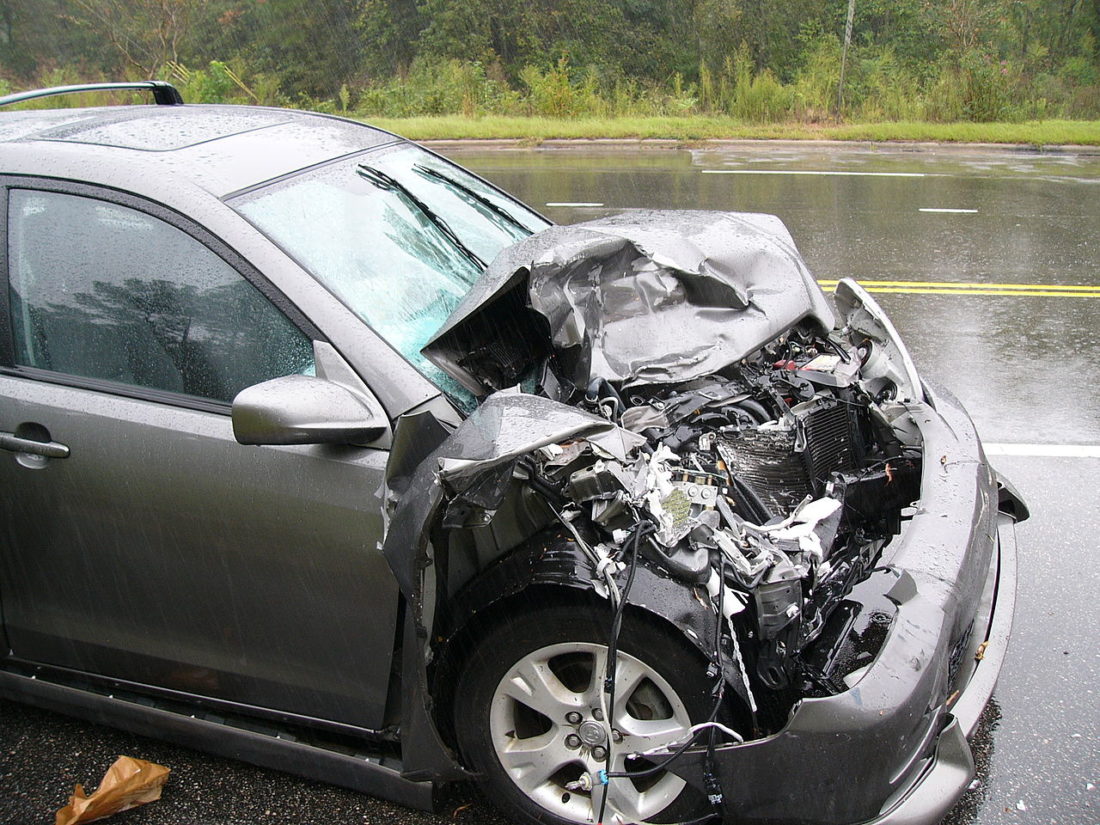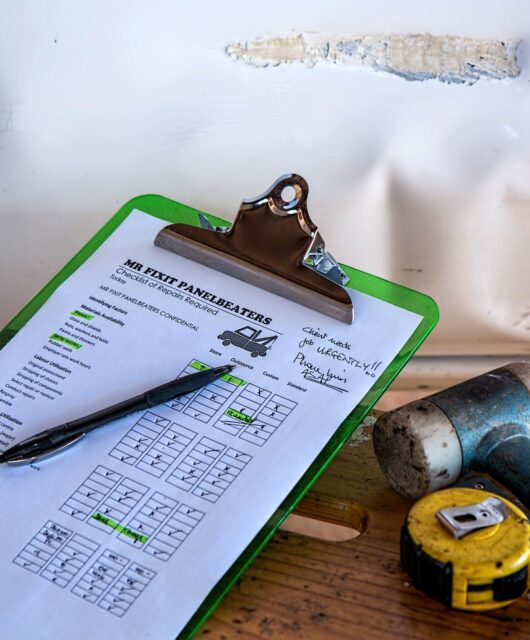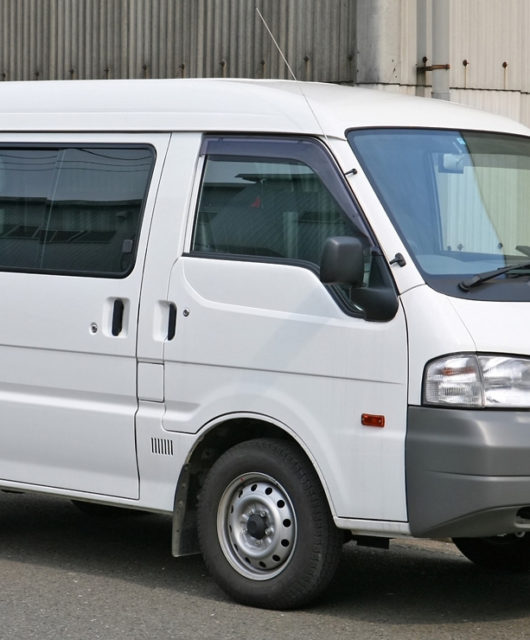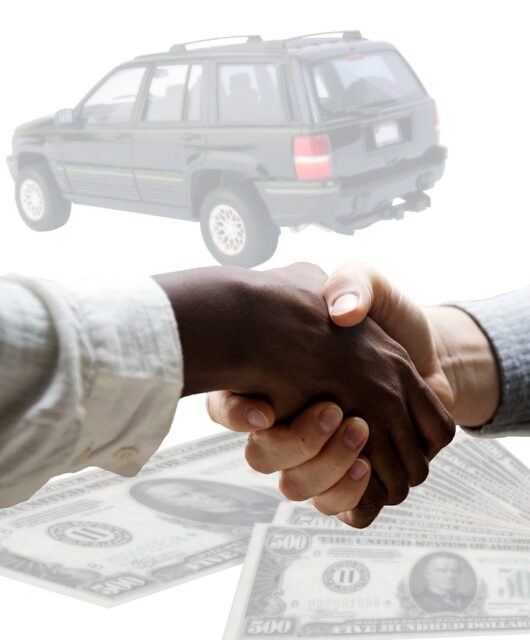10 Things to Do After You’ve Been in a Traffic Accident
If you haven’t yet been in a traffic accident, consider yourself lucky. Though the number varies by year, there are upwards of 6 million police-reported crashes every year. If you drive regularly, statistics aren’t on your side; eventually, you’ll get into an accident, and when that happens, you’ll want to be prepared for what happens next.

Main Goals
When you’re in a traffic accident, you’ll need to focus on three main goals, from highest to lowest priority:
- Safety. First and foremost, you need to think about your safety and the safety of those around you. Traffic accidents are dangerous for other motorists, too, so you need to act quickly to prevent the situation from getting any worse.
- Help. People may be injured, so it’s important to get help right away.
- Documentation. Finally, you’ll want to document the scene as fully as possible and as formally as possible, so you have evidence to present to your insurance company (or possibly, a judge).
What to Do
So how can you accomplish those goals as fully and efficiently as possible? These 10 things will help you do it:
- Remain calm. Depending on the severity of the crash, your adrenaline is likely surging. That’s okay, but you need to remain calm and think as clearly as possible if you want to act quickly and make the best decisions during the next few minutes. Take deep breaths, remind yourself of the importance of calm thinking, and try to think deliberately about what to do next.
- Move to a safer area. As quickly as possible, move your vehicle to a safer area. If you’re on a highway, pull off to the shoulder. If you can signal the other driver (if there is one), have them follow you. If your vehicle is completely disabled, there isn’t much you can do, so you’ll need to move on to step six.
- Get out of the vehicle. As long as you’re in an area where it’s safe to do so, get out of the vehicle. This will give you more flexibility to look at the damage, and respond if necessary, and gives you the chance to move even further out of danger.
- Check on others involved. As long as you’re okay enough to walk around, your next step should be checking on anyone else involved in the accident, including any passengers in your car and the driver and passengers of the other car. If someone is stuck, you can help them get out, but otherwise, only intervene if you have confidence in your medical knowledge to do so.
- Call an ambulance if necessary. If anyone is severely hurt (including you), call an ambulance right away. Emergency operators may be able to talk you through some treatment steps, but otherwise will be able to respond quickly—and may be able to save a life.
- Call the police. Next, make sure to call the police so they can file an official report. If both drivers agree on what happened and the damage is minor, you may be tempted to forgo this formality, but it’s always better to err on the side of caution. A police report will formally record what happened, so there’s no future confusion among insurance companies or judges.
- Take pictures. To collect and preserve even more evidence, take as many pictures as possible of any vehicles involved in the collision. This will help you describe the damage to your insurance agent, and can serve as supplementary evidence if there’s a lawsuit.
- Gather information. Write down the other driver’s name (if applicable), where the accident happened, how it happened, the license plates of the other vehicles involved, the time of the accident, and insurance company details from both parties. The more thorough you are, the better.
- Call your insurance company. Next, if your insurance company may be the one to pay for some or all of the damages, call them. They’ll be able to provide you with instructions on what to do next.
- Contact your lawyer. After the initial response is taken care of, you may want to contact a car accident lawyer—especially if you’ve been injured in the accident. They may be able to help you get complete compensation for your injuries.
If you can handle these 10 steps after getting into an accident, you’ll maximize your chances of remaining safe, getting the help you need, and documenting the incident enough to ensure you get compensated (or limit your liability). It’s hard to think straight after experiencing a somewhat traumatic event, but the more familiar you are with these steps, the more likely you’ll be to accomplish them.









